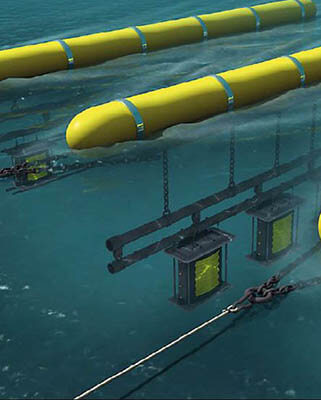Seismic stratigraphy
OVERVIEW Seismic stratigraphy Seismic stratigraphy is an important method for studying sedimentary rocks in the deep subsurface that has been in widespread use only since the 1970s, and that was made possible by computer analysis of seismic data.
Seismic attribute analysis
OVERVIEW Seismic attribute analysis The goal of seismic attribute analysis is to improve the spatial prediction of structural and stratigraphic features, as well as petrophysical and geomechanical rock properties throughout the reservoir.
Complex structural mapping
OVERVIEW Complex structural mapping Structural mapping is the identification and characterization of structural expression. Structures include faults, folds, synclines and anticlines and lineaments. Understanding structures is the key to interpreting crustal movements that have shaped the present terrain. Structures can indicate potential locations of oil and gas reserves by characterizing both the underlying subsurface geometry […]
Integrated 2D / multiple 3D interpretation
OVERVIEW Integrated 2D / multiple 3D interpretation It includes all the necessary tools for a complete interpretation workflow, for data I/O, horizon and fault interpretation, rapid data screening and navigation in a fully integrated 2D and 3D environment.
Well log calibration to seismic data
OVERVIEW Well log calibration to seismic data Petrophysical analysis of well logs, joint calibration of seismic, and well data to improve correlation and consistency between the two data types.
Seismic processing / reprocessing
OVERVIEW Seismic processing / reprocessing Advances in processing and imaging techniques, combined with increased compute power, mean that we can extract more details from existing seismic data. The rejuvenation of both legacy and more recent GeoStreamer data can lead to broader bandwidth, improved velocity models, and more reliable and detailed images.

